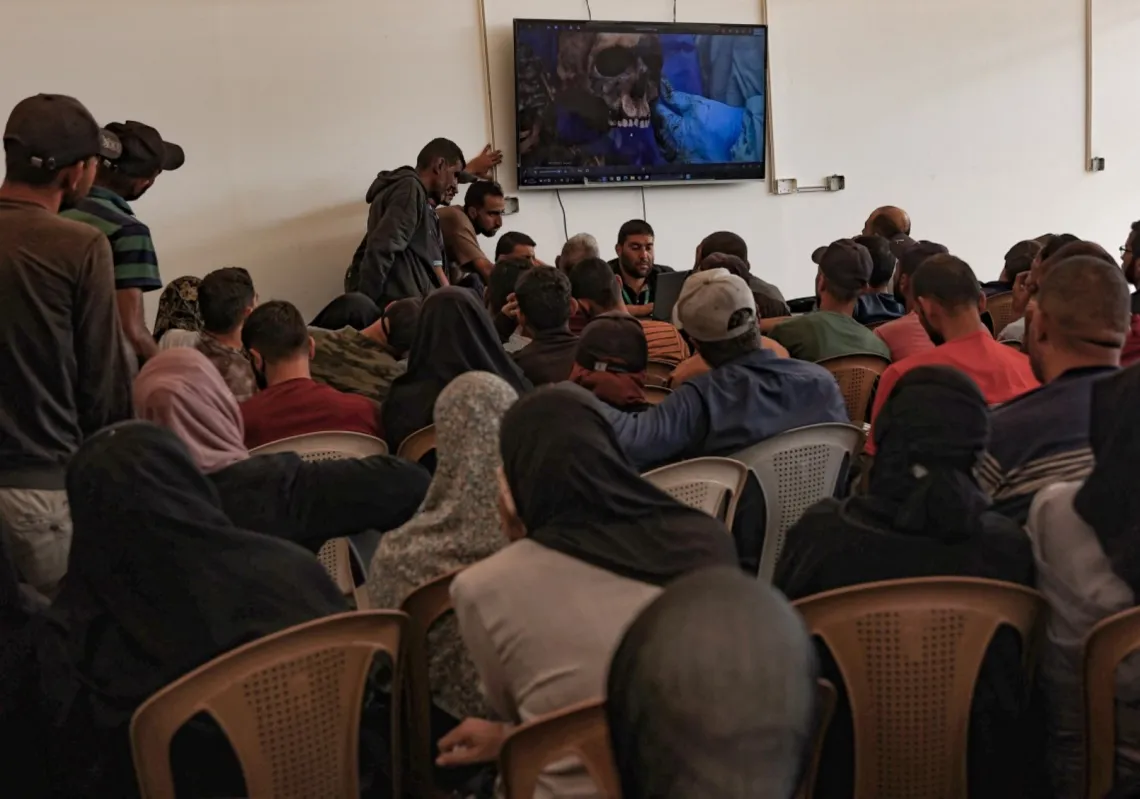Descent into Chaos by Ahmed Rashid, explores the role that the West, particularly the U.S. has had on the debacle that has become of the 2001 invasion in Afghanistan. Rashid highlights that part of the problem in war in Afghanistan is associated to the ambivalent foreign policy that the U.S. government has had with Pakistan. The focus of his criticism is on the Bush administration’s policy in Afghanistan, in particular their practice of employing warlords to control the government.
The novelty in Rashid’s criticisms of the Bush administration’s conduct in Afghanistan, however, is how astutely he contextualizes the complexity of the Afghan problem by explaining its complicated position in the geopolitical relations between India and Pakistan, and the Central Asian region more broadly.
One of Rashid’s valuable accomplishments in this book is his incorporation of the conflict of Kashmir, the disputed region between India and Pakistan, as an explanatory factor of the inability of Western states to exert power in Afghanistan. Kashmir, he explains, is at the heart of the taut relations between Pakistan and India. This leads Rashid to one of the central recommendations he provides for the West: namely that for Pakistan to contribute to the stabilization of Afghanistan, the U.S. will have to concern itself to a greater degree in achieving a settlement in Kashmir. Only then will Pakistan cease to view its border with Afghanistan as a strategic advantage against India, and instead as what it really is, a source of instability in the region.
Despite Rashid’s insightful criticisms of the Bush administration, there are deficiencies in the way he believes American policy should be directed towards Pakistan. The writer is in favour of a more significant military commitment in the conflict, and he complements this with a recommendation of increasing aid for development in the region, arguing that this would certainly promote state capacity in “hinterland” regions that up until today have been havens for terrorist groups. While these recommendations would contribute to stability and nation building, Rashid’s perspective fails to sufficiently take into account the U.S.’s ability to achieve these “softer” goals. It is difficult to point to successful examples of nation building promoted by the U.S. in recent history, which puts into question the extent to which additional aid would contribute to Rashid’s objectives.
In addition, his recommendations do not account for the U.S.’s domestic politics. Although President Obama has committed significant troops to Afghanistan, the popularity of the war is limited, it is questionable that the U.S. will be able to sustain significant troop deployment for very long, which would be necessary if Rashid’s recommendations were implemented. This is especially true since he notes that “Afghanistan is not going to be able to pay for its own army for many years to come — perhaps never.” Although the new administration values stability in the region, it is unlikely that the U.S. will be willing to prop stability in Afghanistan and Pakistan at the expense of American lives for ever.







